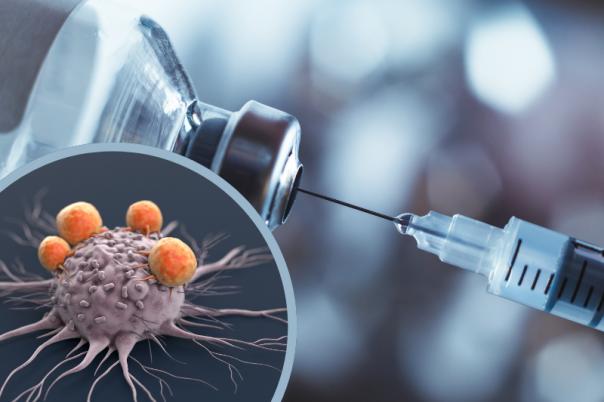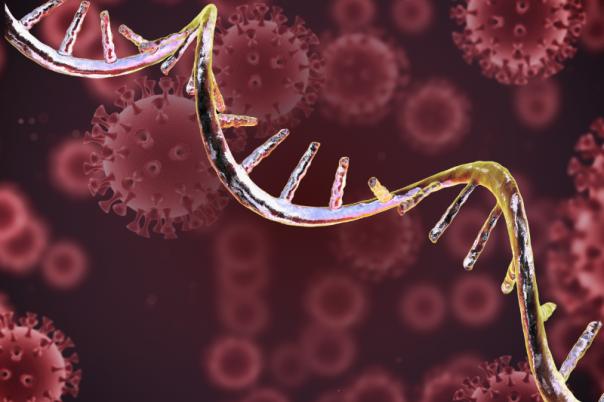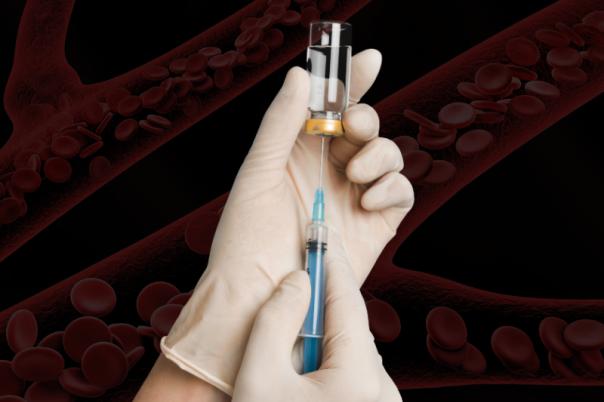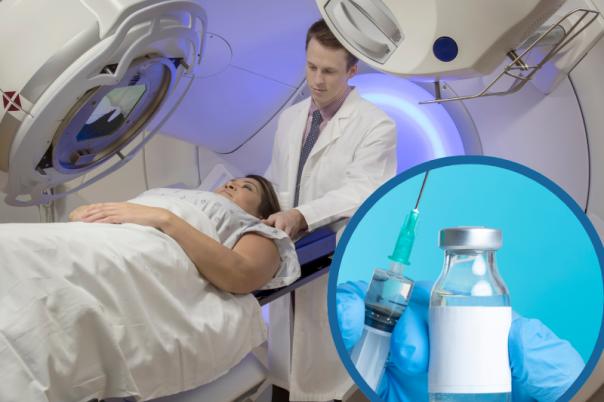Michiel Lodder, CEO of 20Med Therapeutics, presented on the applications of polymeric nanoparticles. 20Med Therapeutics has developed a ready-to-use delivery platform based on proprietary polymeric nanoparticles. They are stable, ready to use, easy to manufacture, and hold a unique IP position, which lends well to drug delivery.
The basis of the 20Med Nanoparticle is a bio-responsive polyamidoamine (PAA) designed for efficient intracellular delivery.
Lodder provides insights into their 20Med Nanoparticle delivery technology in mRNA and DNA vaccines. Their work began in the animal health space and expanded their collaboration to focus on mRNA and DNA Vaccines. Lodder said: “So we’re working with them on an MRNA-based swine flu vaccine which is an interesting development because it means that both the RNA and the advanced delivery technologies are commercially viable in animal health setting.”
In RNA vaccines, 20Med’s technology has been tested in both human and animal health settings, including SARS-CoV-2 and flu vaccines, with notable success in swine flu and chicken models. In the area of DNA vaccines, a collaboration with Touchlight has shown promising results using synthetic DNA constructs, such as "doggy bone DNA," for applications in pigs and mice. These studies unveiled strong antibody and T-cell responses, with performance comparable to LNPs but with fewer side effects, such as weight loss in animal models.
20 MedTherapeutics’ collaborators include CEPI and the Oncode Institute. CEPI has supported efforts to optimise the platform for rapid vaccine development. CEPI is preparing for future pandemics with a goal of producing vaccines within 100 days. Oncode is a Dutch consortium committed to advancing cancer research through collaborative efforts. Oncode secured significant funding for cancer research infrastructure, and 300 million euros was assigned to 20Med Therapeutics.
Comparative studies between 20Med Therapeutics’ polymeric nanoparticles and lipid nanoparticles showed that the polymeric nanoparticles produce fewer side effects in animal models. Furthermore, the LNPs had a less favourable safety profile and displayed higher toxicity levels in comparison to the polymeric nanoparticles. The technology is positioned as a flexible, scalable solution for diverse applications in vaccines and therapeutics.





